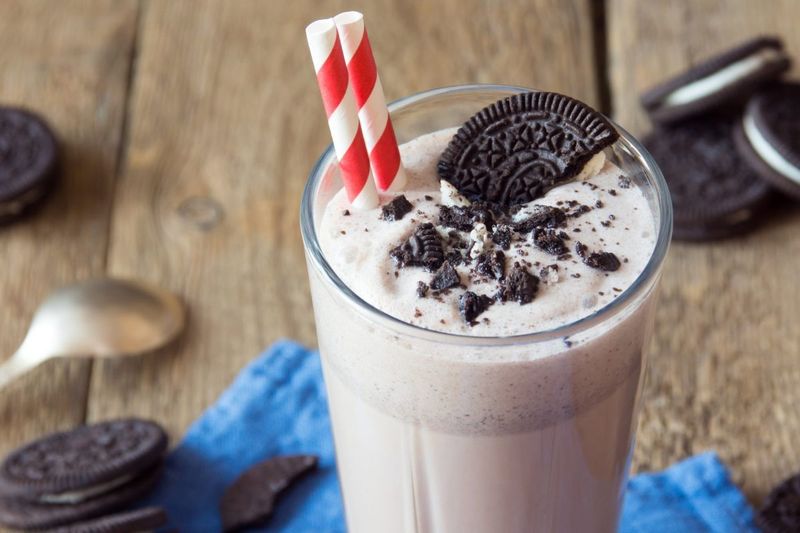How to Stop Your Cat from Eating Dangerous Items
6
0
·
2025/07/25
·
3 mins read
☕
WriterShelf™ is a unique multiple pen name blogging and forum platform. Protect relationships and your privacy. Take your writing in new directions. ** Join WriterShelf**
WriterShelf™ is an open writing platform. The views, information and opinions in this article are those of the author.
Article info
Categories:
⟩
⟩
Total: 744 words
Like
or Dislike
More from this author
More to explore












Cats are naturally curious animals. From chewing on cords to nibbling on plants, their adventurous behavior often leads them into trouble. If you're a cat parent, you’ve likely caught your feline friend chewing on something they shouldn’t. While it may seem harmless at times, this behavior can be dangerous—or even life-threatening.
In this article, we’ll explore why cats eat unsafe things, what common household items pose a threat, and how you can prevent this behavior to keep your pet healthy and safe.
Why Do Cats Eat Non-Food Items?
This behavior, known as pica, is not unusual among cats. Several factors can contribute to it:
Boredom or stress
Cats may chew on things if they're feeling anxious or under-stimulated.
Nutritional deficiencies
A lack of certain nutrients in their diet might cause your cat to seek alternative sources.
Curiosity
Kittens and even adult cats explore the world through taste and smell.
Health issues
Sometimes, underlying health problems like gastrointestinal diseases or dental pain can prompt odd eating habits.
If your cat frequently eats non-food items, consider a visit to the vet to rule out medical issues.
Common Dangerous Items Cats Try to Eat
Some items are more tempting than others. Here are a few dangerous things cats often target:
1. String and Yarn
They look like toys, but if swallowed, they can cause intestinal blockages that require surgery.
2. Houseplants
Many plants are toxic to cats, including lilies, aloe vera, and pothos.
3. Plastic Bags
Some cats are drawn to the texture or the scent of food residue, but plastic is a choking hazard.
4. Electrical Cords
Chewing wires can lead to electrocution or burns.
5. Human Food
Certain foods are toxic to cats, including onions, garlic, chocolate, and even some sauces.
This raises a common question: can cats eat tomato sauce? The answer is no. Tomato sauce often contains garlic, onions, salt, and preservatives—ingredients that are harmful to cats. Even a small amount can upset their digestive system.
How to Prevent Your Cat from Eating Unsafe Things
Now that you know the dangers, let's focus on prevention.
1. Cat-Proof Your Home
Treat your house like you would for a toddler. Hide strings, secure cords, and keep plastic bags out of reach. Store toxic foods and cleaning products behind closed doors.
2. Provide Safe Alternatives
Give your cat plenty of appropriate things to chew on, like:
Cat-safe chew toys
Silvervine or catnip-infused toys
Dental sticks designed for cats
Providing enrichment reduces boredom and stress-driven chewing.
3. Add More Playtime
Interactive play keeps your cat physically and mentally engaged. Use wand toys, puzzle feeders, and tunnels to stimulate them.
A tired cat is less likely to look for trouble.
4. Use Taste Deterrents
Products like bitter apple spray can be applied to cords, furniture, or other items your cat targets. The unpleasant taste discourages chewing.
5. Keep Human Food Out of Reach
Never leave food unattended on countertops or tables. Many pet owners don’t realize their meals can be toxic to cats.
Again, can cats eat tomato sauce? It's important to repeat that they should not. Beyond the acidic nature of tomatoes, the added ingredients in sauces pose serious health risks.
Behavioral Training Tips
If your cat keeps returning to a dangerous item, it's time for behavioral reinforcement.
Positive reinforcement
Reward your cat when they chew on the right things. Treats, affection, or toys can work wonders.
Redirection
When you catch your cat chewing something dangerous, gently redirect them to a safe toy.
Clicker training
Clicker training helps reinforce positive behaviors over time. Consistency is key.
Consult Your Veterinarian
If the behavior continues despite all efforts, consult a veterinarian. They may recommend:
A change in diet
Supplements for missing nutrients
Tests to rule out digestive or neurological issues
Anti-anxiety medications (in extreme cases)
Veterinary advice ensures you're not overlooking a medical condition.
Final Thoughts
Cats are lovable but mischievous creatures. Their curiosity often puts them at risk of eating things that can harm them. Whether it’s chewing on cords, licking houseplants, or sneaking a bite of your dinner, it's your responsibility to protect them.
By cat-proofing your home, offering safe alternatives, and seeking medical advice when needed, you can help your feline friend live a long and healthy life.
And if you’re ever in doubt about what’s safe—especially when it comes to food—remember: just because you enjoy it doesn't mean your cat should have it too. Can cats eat tomato sauce? Absolutely not. When in doubt, skip the sauce and stick to vet-approved treats.